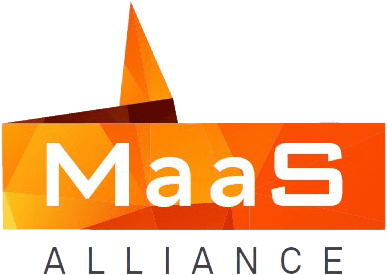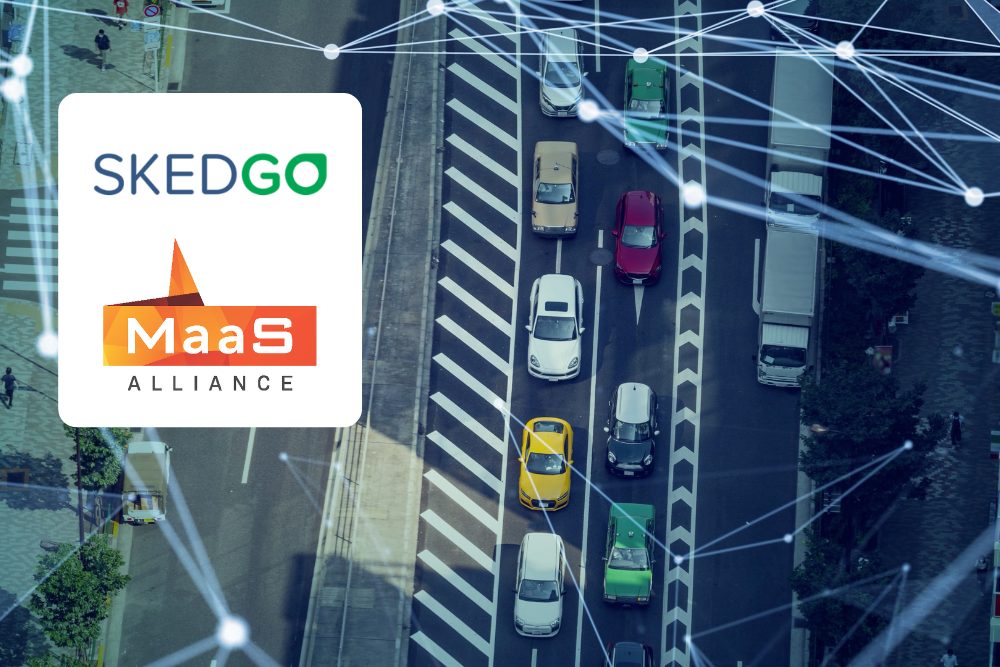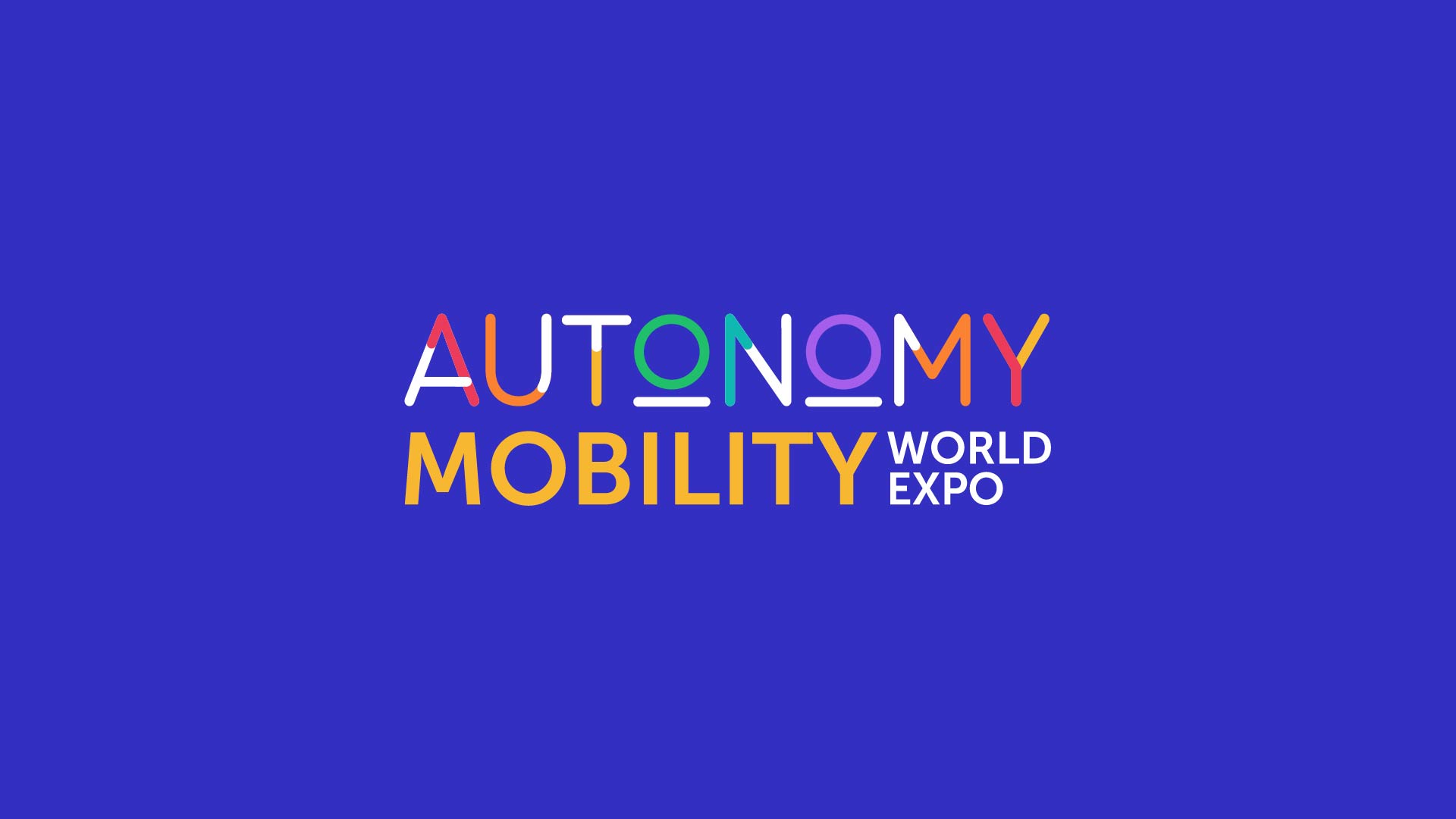By Piia Karjalainen, MaaS Alliance (written on 29 January 2018)
MaaS is here, MaaS is there, MaaS is everywhere. MaaS, Mobility as a Service, has been a real buzzword in transport already for a few years and the fascination only seems to grow. Now this prominent new mobility solution also increasingly caught interest among the policymakers across Europe. The European Commission announced the year 2018 to be the Year of Multimodality which gives strong support for further development of MaaS-kind services, being multimodal by nature. But where in the hype cycle are we? What are the main topics to be discussed and worked for this year regarding the new service-based mobility models?
First of all, it is important to acknowledge that multimodal, integrated and digital mobility services will not be here in a few years – they already exist. Many cities with many (delightfully varied) advanced new services already have real-life implementations of digital mobility offerings. One of the most important success factors in these experiments is the integration with the public transport system. Only by building on the efficient local public transport and shared mobility services we can create a MaaS system that brings ecological benefits to our society. The environmental compliance – making the mobility system less polluting, less congested and encouraging also the use of active modes of mobility – is crucial for the public and political acceptance of MaaS.
From the technological and operational point of view, the integration of the payment is one of the most essential features in the Mobility as a Service offering. The integration and clearing of the payment is the part of the process where roaming of services happens or does not happen. A lot needs to be done to enable the full transferability and scalability of MaaS services from city to city and across borders to provide the end-users with a similar level of freedom in cross-border mobility than when using their own vehicles. The transport sector could learn from the banking and telecom industries where the barrier-free transactions and full connectivity between different operators are no longer an issue. Also airlines have managed to build an efficient service network and smooth ticketing and payment interfaces. The industry alliances have played an important role there and the same could be expected from the international Mobility as a Service Alliance, founded by ERTICO in 2014 together with other key players such as the Finnish Ministry of Transport and Communications, FIA and IRU. Also, new technologies, such as blockchain, are expected to potentially remove the current hindrances by reducing the need of additional intermediates in transactions and providing tools for identity management.
A fundamental principle and core motivation behind deployment of MaaS is that MaaS is a user-centric, customer-centri and market-centric model within a societally grounded context. This shift in mindset should be also reflected in the framework of policy making: the focus should be on mobility and movement instead of independent means or modes of transport. During the Year of Multimodality the Commission will come up with a legislative proposal covering the passenger rights in multimodal travel chains for the very first time. To ensure the entirely smooth and secure travel experience for the user the industry has to pay careful attention to this and has to fulfill the customers’ high expectations from the beginning. MaaS is a service promise more than anything. MaaS companies and representatives of regulatory bodies have already established a working group under the MaaS Alliance to draft the “Bill of rights” for MaaS user, to establish a framework of the service promise and customer expectations to those operating in MaaS context. The Bill of rights is expected to be presented and launched at the ITS World Congress in Copenhagen, in September 2018.
ERTICO, MaaS Alliance and IRU hosted the 2018: Year of Multimodality launch event on 24 January in Brussels to discuss the hottest questions and trends of multimodal transport and logistics with the policymakers and stakeholders. The event gathered 110 professionals to exchange views and to network. Policy makers, as well as representatives from the industry and public authorities engaged in lively a discussion moderated by MEP Wim van de Camp about opportunities of multimodality and future transport models. What has emerged is the necessity of establishing Partnerships in order to make multimodality reality. “The future of multimodal transport is not about competing to survive, but connecting to survive”, said keynote speaker Matthew Baldwin, Deputy Director-General from DG MOVE.
MaaS, which should be understand as a service- and access-based model to provide and consume everyday mobility is often linked with the roll-out of the autonomous vehicles and the energy transition of mobility and these progressive innovations should definitely be developed hand in hand. However, the success in encouraging the shift from the dependency on the fossil fuels and capital-incentive personal mobility based on the private use and ownership of vehicles requires step-by-step implementation of all technologies based primarily on the needs of the users. The ongoing transport revolution should be executed bearing a goal of low-emission (even zero-emission in longer term) transport clear in mind. The MaaS visions were born mainly based on the demand of users for more varied and flexible mobility options. Energy transition was catalysed by the societal sustainability and energy efficiency goals and progress toward autonomous driving by the technological innovations and opportunities. The future of mobility should be seen as a highly intelligent connected, autonomous, service-based and electric ecosystem deploying the full potential of all these promising technology drivers. This vision was also highlighted by the ERTICO Partners at the Think Tank event in September 2017 and the ERTICO Partnership will continue to strongly work together to take not only small steps but brave leaps of progress in these fields in 2018.



